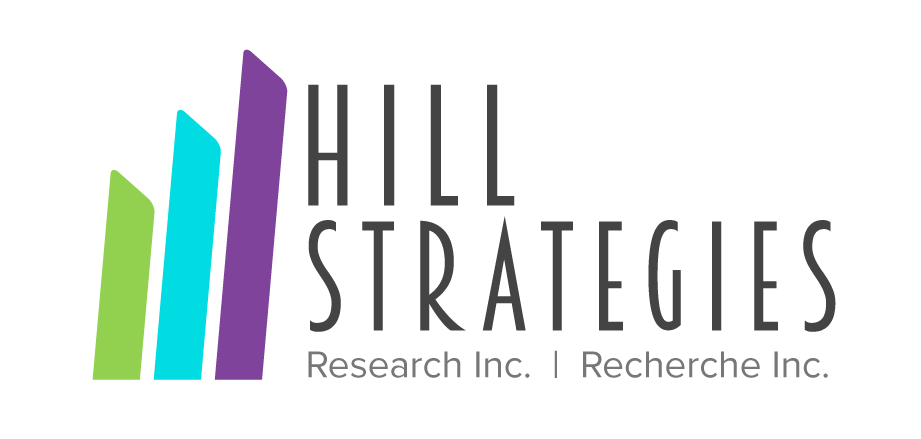Capitalizing on Culture
Issue
Creative communitiesArticle Link
http://www.uregina.ca/sippA public forum in Saskatoon in September 2006, on which this briefing note is based, brought together a number of speakers to discuss “two powerful issues: the development of our cities and the nature of culture as a public good”. As introduced by Jeremy Morgan, Executive Director of the Saskatchewan Arts Board, the forum explores ideas of “urban planning with a cultural lens; the centrality of culture in urban wealth creation; and basic questions of authentic urban identity”. The introduction notes that, if we put the emphasis on the transformational impacts of cultural resources, a holistic approach to cultural and community development is required.
The presentation by Dr. Greg Baeker highlights the fact that “culture and creativity have moved from the margins to the centre of thinking about the future of Canadian cities and communities”. The presentation states that “culture is an unapologetic resource for city building in all its dimensions – social, economic and civic”. In particular, “culture is a key determinant of place”, and “innovation is the driver of the new economy”. The presentation argues that successful communities “establish mechanisms to support ongoing collaboration and shared planning and decision-making linking government, business, community and university interests”.
Peter Stoicheff, the University of Saskatchewan’s Associate Dean of Humanities and Fine Arts, highlights the fact that “creativity is not confined to the work of artists”, as science is also a creative activity. In Saskatoon, the city, university and the Saskatchewan Arts Board are discussing how to establish the necessary conditions for a creative city. The presentation indicates that Saskatoon should “recognize its present identity in the rest of Canada as a nexus of creativity, a high-density location of artists, a cultural centre”.
The panelist response by Peter MacKinnon, President of the University of Saskatchewan, warns that “the great risk of this cultural resources discussion is that cultural resources are seen often as extras, add-ons or even worst still as community planning frills”. In his mind, “the challenge is to move the cultural vitality, the cultural resources discussion, into the core conversation and planning … of any community”.
In her response, artist Brenda Baker asks some key questions. In the cultural planning model, are artists simply a cog for the “greater good”? Will the model “speed up the process towards a more arts-positive society, or bog the process down”? Ms Baker also points out that the “culture” is very different between various city neighbourhoods. To whose “culture” is cultural planning addressed? From an artist’s perspective, how would the involvement of artists in cultural planning help them or their art? Wouldn’t a number of artists “rather stick pins in their eyes than sit through years of policy dickering”? In sum, “how will cultural planning help artists to realize their own authentic visions or ensure artistic excellence”?




